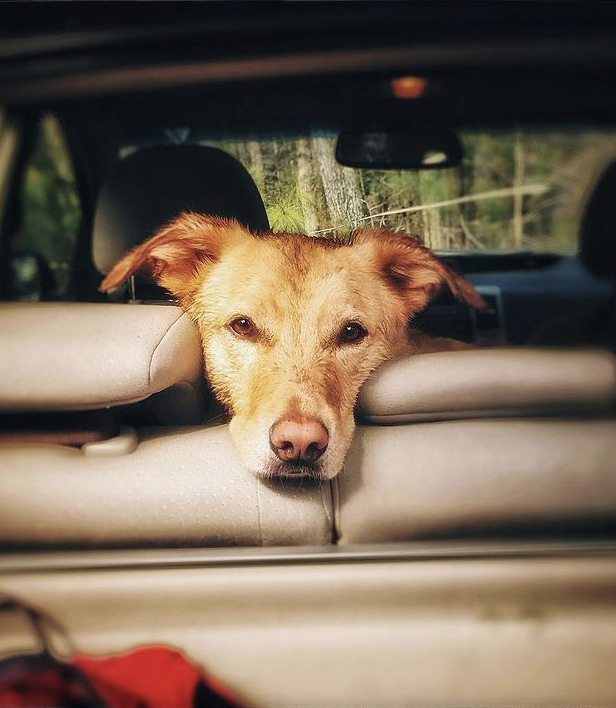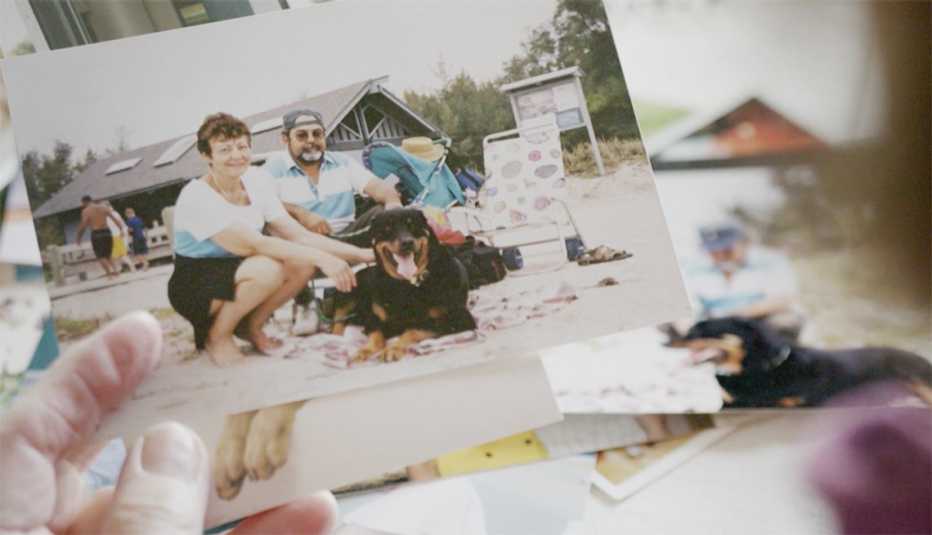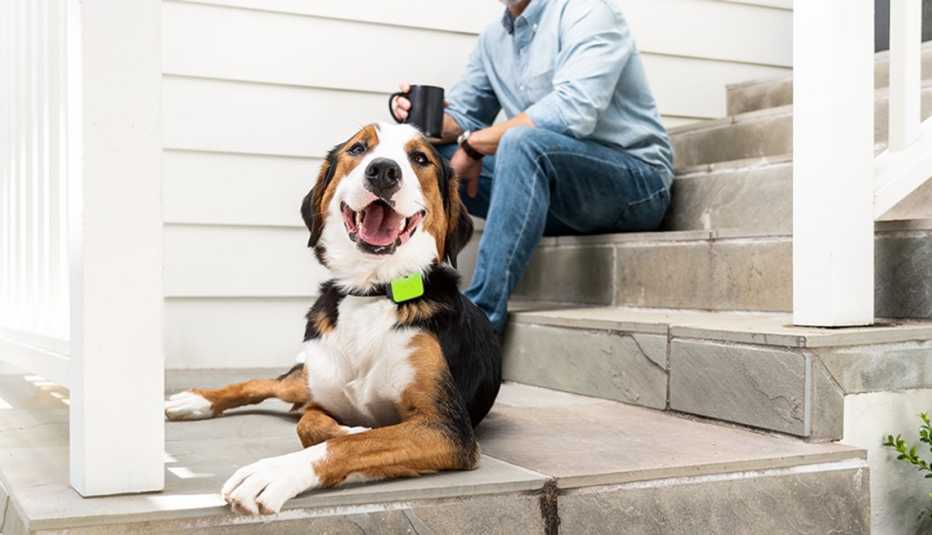Staying Fit
Leo loves to travel. The Baltimore, Maryland, resident has road-tripped through 47 states; swum in two oceans, three Great Lakes and the Gulf of Mexico; and explored numerous state and national parks, from Acadia to Zion. As Leo cruises America's back roads and interstates, he's joined by his faithful companion, a 46-year-old human named Kristin Kluge.
Leo is an 8-year-old Labrador Retriever mix — and he loves his ruff-rider life.
"He gets a lot of attention everywhere we go,” says Kluge, an x-ray technologist who travels frequently for work and pleasure (as we spoke, she and Leo were driving through New Mexico on a 14-state trip). “When I'm traveling, I talk to people who miss their dog, and they're jealous that I have mine.”


AARP Membership— $12 for your first year when you sign up for Automatic Renewal
Get instant access to members-only products and hundreds of discounts, a free second membership, and a subscription to AARP the Magazine.
For car-trip fans like Kluge, dogs are more than passengers. They're happy tourists, willing photo subjects and instant conversation starters. But a good, safe journey requires some planning. Before you embark on a road trip with your pooch, take these smart, simple steps.
Find dog-friendly lodging
Camping is an obvious overnight option, but most hotel chains offer plentiful pet-friendly properties. PetsWelcome.com summarizes the policies of major chains, including Best Western (1,000 pet-friendly properties in the U.S. and Canada), Comfort (550 in the U.S.), La Quinta Inns & Suites (800 in the U.S.) and Red Roof Inns (550 in the U.S.). Motel 6 welcomes pets at all of its 1,400 U.S. properties “unless they pose a health or safety risk, or are prohibited by law.” Guests can have two pets per room with a combined weight of 150 pounds.
Before you book a room, research pet fees. “A lot of the more price-conscious hotels take dogs, but they also have a really high pet deposit,” says Tom Manus, who blogs about travel with his wife, Kristi, on their site, Small Town Plus Size. He notes that he's seen deposits ranging from $50-$200. Some pet fees are nonrefundable.
Airbnb and VRBO offer easy-to-find pet-friendly options, but some hosts charge a per-dog fee or mandatory cleaning fees of $100 or more, says Troy Hollan, who writes about dogs and travel on his sites Woof the Beaten Path and Dog on a Road Trip. Hollan avoids properties with large mandatory fees, and to prevent muddy, hairy and potentially costly messes at rental homes, he and his wife cover the furniture, close off unused rooms and bring supplies (such as wipes, a mop and lint roller) for a thorough cleaning before they leave.




































































